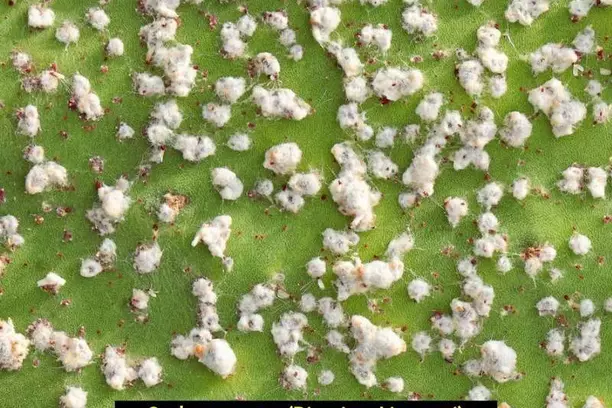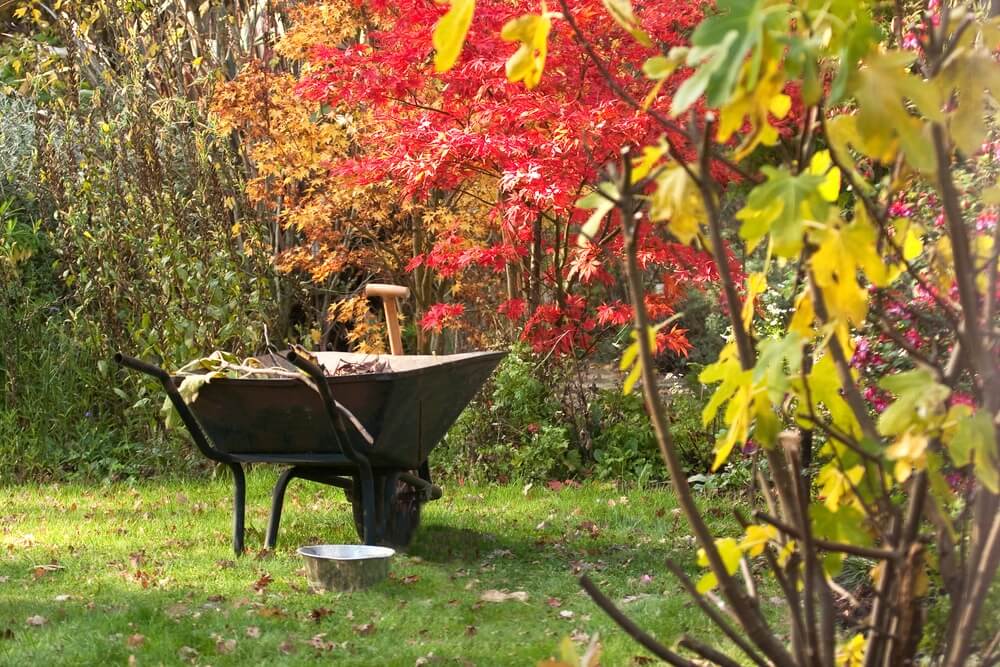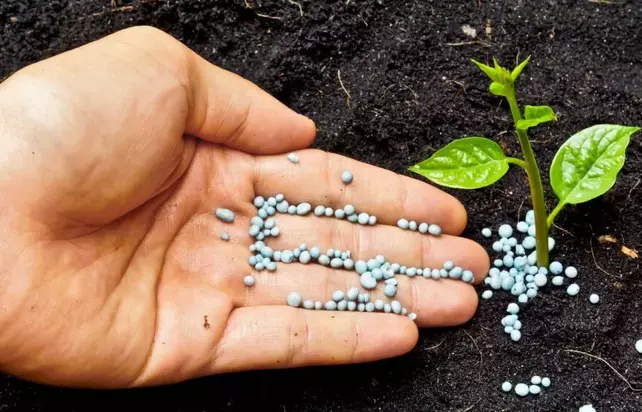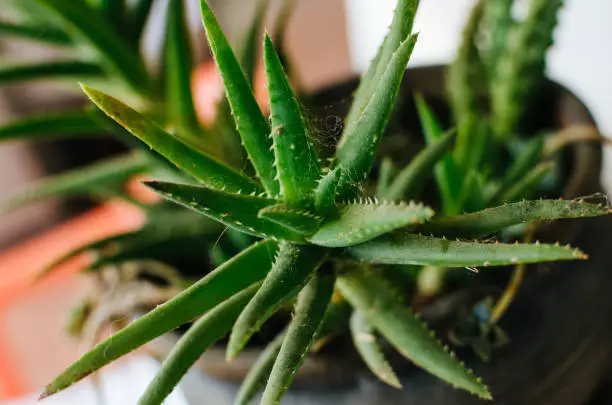Scale on cactus can make the surface of the plant completely crusted. Extreme infestations can weaken and kill the plant if not treated on time. But, what exactly is the cactus scale and how do you get rid of these pests?
Mix water and rubbing alcohol in a ratio of 1:1 and add a few drops of dish soap. Pour the solution into a garden sprayer and spray the affected cacti, covering all the crusty parts to get rid of the scale on the cactus. Gently rub the dead scale off after 10-15 minutes to remove them from the cactus.
Cactus scales are relatively small, white, flattened scale insects with dome-shaped shells and circular shapes. Spraying the affected area with a solution of water and ethanol-based liquid or insecticidal soap and a few drops of dish-washing soap can get rid of the scales.
What is the cactus scale?
Cactus scales are scale insects that attach and feed on the sap of cactus plants. There are many different species of cactus scale such as Diaspis echinocacti and Dactylopious spp, but they all look almost similar.
These scales feed on the plant by inserting their mouth and sucking the juicy sap. Initially, these scales can interfere with the plant’s aesthetic appearance but an extreme infestation can weaken and kill the plant.
What does the scale look like on the cactus?

All armored cactus scales are oval and round, have dark coloration, and are a centimeter long in diameter. Soft scales are relatively small in size and have a different color other than gray/brown/black.
Massive scales infestation on cactus appears like cottony white mass on the surface of the stems and leaves. Common signs to look for include:
- A whitish coating on some parts of the cactus plant that is similar to mealybugs.
- The entire cactus plant has a white fuzzy look.
- The leaves of the plant look shiny and feel sticky. The objects or surface under the infested plant may also look shiny and sticky
- Affected areas of the plant become dry and have yellow or white spots.
- You start to see brown bumps or small tan on your plant
- Extreme infestation of some species of cactus scales such as diaspis echinocacti can leave the entire surface of the plant grey and crusty.
RELATED: HOW TO REMOVE THE MEALYBUGS ON CACTUS
What causes scale on cactus?
Cactus scales are widespread in North America on imported and native succulents including cactus. Usually, adult females produce eggs in the spring, which hatch into young scales known as crawlers. These crawlers grow and move to other parts of the plant where they start feeding on the plant juices. As they feed, they excrete honeydew (tiny sugary droplets) which accumulate on the foliage below.
Treatment for scale on cactus
Cactus scales, especially the armored cactus scales are difficult to get rid of from the plant as their armored shell can keep predators away. Due to their stubbornness, you will need to treat your plant a couple of times to effectively get rid of scale for good. Below are some of the methods you can use to get rid of scales from your cactus plant:
1. Remove the cactus scale manually
Use tweezers, an old credit card, or your fingernails to scratch the scales off.
Unlike other pests that attack succulents, cactus scales don’t move regularly. They attach to the stems and leaves and stay there for a couple of weeks before moving to other parts of the plant.
This means you can easily remove them from the plant manually. Just keep in mind that this method works if there are a few scale insects on your plant.
2. Apply isopropyl alcohol
Undiluted isopropyl alcohol (rubbing alcohol) is effective in killing scales and other pests that infest succulents. This method is preferred for cactus species that are easily damaged by other methods of treating scales on cactus.
Mix an equal amount of water and undiluted isopropyl alcohol and add a few drops of dish soap. Pour the solution into a spray pump and spray the affected cactus to get rid of the scale. Wait for 10 minutes then scrape the dead scales off. Repeat the treatment after a week until the scales clear up.
You can also put the solution on a cotton swab and apply it literally to the colony.
3. Use insecticidal soap
Insecticidal soap is a low-toxicity solution used by gardeners to get rid of scales and bugs from plants. The soap is simply potassium salt of fatty acids, created when fatty acids found in natural oils are mixed with the chemical compound alkalis. The solution wipes out cactus scales from the affected areas without harming the rest of the plant.
Mix a quart of water with 1 tablespoon of insecticidal soap (4 to 5 tablespoons of soap per gallon of water). Mix the solution then apply it evenly to the affected plants and leave it to sit for 10 minutes to kill the scale on the cactus. Use a sponge or soft brush to scrape the dead scales off.
Repeat the treatment after a week until the scales clear up.
4. Biological control
Biological control, also referred to as biocontrol relies on herbivory, parasitism, predation, and other natural mechanisms to control pests. When treating scales on cactus, you can introduce lacewings, Mealybug Destroyer, or ladybugs to feed on soft-bodied scales.
One of the disadvantages of using lacewings and ladybugs is that they typically involve an active human involvement. The method also won’t have any impact on the large-scale infestation.
5. Prune the affected parts
Another method you can use to get rid of the scales on large cacti plants is pruning. Prune and dispose of affected stems and leaves. If the whole plant is affected beyond treatment, quarantine it immediately, and don’t forget to check the surrounding plants.
6. Practice good cultural techniques
A healthy cactus plant can overcome pest and insect infestation. Make sure you grow your cactus plant in good conditions, which include proper drainage, water, and sunlight. Practice good hygiene by removing dead leaves from the leaves.
Healthy cactus plants have studied succulent stems and upright spines or leaves with an evenly bluish or green appearance. Accumulation of white, grey, or brown mass on the surface of the leaves is a sign that something is wrong with the plant and that you should apply one of the treatments for scale to save the succulent.
References:
[1] Kathy Warner, Nassau County Master Gardener, University of Florida IFAS Extension: What is this white stuff on my prickly pear cactus?
[2] J. N. Kabashima, UC Cooperative Extension, Orange and Los Angeles Counties et al, University of California Statewide IPM Program: Scale Management Guidelines



